Before you buy a new cardboard laser cutter, check out our guide covering everything you should consider to find the best machine for you.
1. What is a cardboard laser cutting machine?
A cardboard laser cutter is a CNC (Computer Numerical Control) machine that uses a laser beam to precisely cut or engrave cardboard. A laser is basically a highly focused, highly amplified light. The laser beam locally burns, melts, or vaporizes the material. The types of materials a laser can cut depending on the type of laser and the power of the particular machine. This means it is controlled by a computer.
Designers can design something in some kind of design software and send it to a laser cutter and have it cut automatically with the push of a button. Once the design is sent to the laser cutter, the machine uses the laser beam to cut or etch the material on the cutting table. Cardboard laser cutters are a great all-rounder because they can be used to do so many different styles of designs; laser cutters are used for anything from cardboard prototypes to artwork. Regular laser cutters are mainly used to cut materials such as wood, some plastics, paper, and cardboard, although there are more powerful laser cutters that can cut metal and thicker materials.
Cardboard laser cutters can be very fast and can mass-produce design parts in just a few minutes. Like 3D printers, laser cutters are rapid prototyping machines; they allow designers to quickly and inexpensively iterate on their designs before mass-producing products.
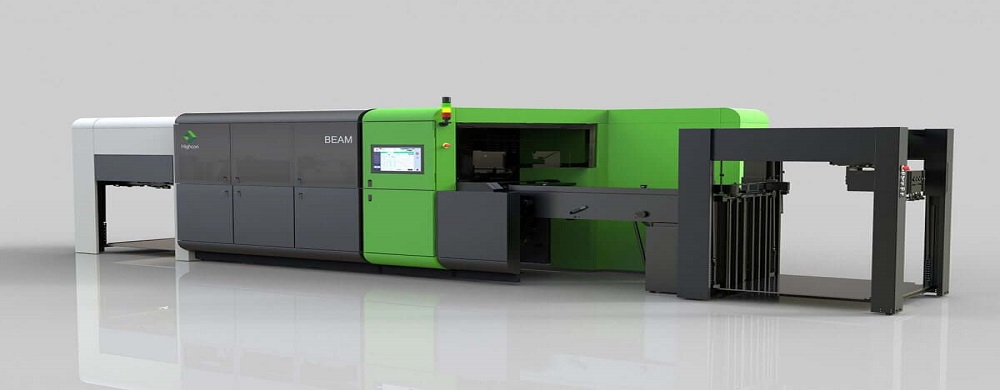
2. What is the principle of a cardboard laser cutter?
A laser is a kind of light that, like other natural light, is produced by the transition of atoms (molecules or ions, etc.). But unlike ordinary light, the laser only relies on spontaneous emission for a short period of time at first, and the subsequent process is completely determined by stimulated emission, so the laser has a very pure color, almost no divergent directionality, and extremely high luminous intensity, high coherence.
Laser cutting is achieved using the high power density energy produced by laser focusing. Under the control of the computer, the laser is passed through the pulse discharge, so as to output a controlled repetitive high-frequency pulsed laser to form a beam with a certain frequency and a certain pulse width. The pulsed laser beam is emitted and reflected through the optical path and is focused on the surface of the object to be processed to form a tiny spot with high energy density. The focused spot is located near the surface to be processed, and the processed material is instantly melted or vaporized at high temperatures.
Each high-energy laser pulse immediately sputters a small hole in the surface of the object. Under the control of the computer, the laser processing head and the material to be processed perform continuous relative movement and point positions according to the pre-drawn pattern, thereby processing the object to be processed into the desired shape.
The numerical control system controls the process parameters (cutting speed, laser power, gas pressure, etc.) and motion trajectory during the slitting process, and blows off the slag at the slit under certain auxiliary gas pressure.
3. How does a cardboard laser cutter work?
In a laser cutter, a laser beam is created in a tube filled with carbon dioxide gas. Then, with the aid of a mirror and a lens, the laser beam is guided to the laser head and is focused on the material’s surface. The electronic motor moves the laser head to cut or carve the desired shape into the workpiece.
Shapes are defined by an input file, which can be a vector image or a raster image.
When the laser strikes the material, a small area is heated up in a very short period of time, causing the material to melt, burn, or evaporate.
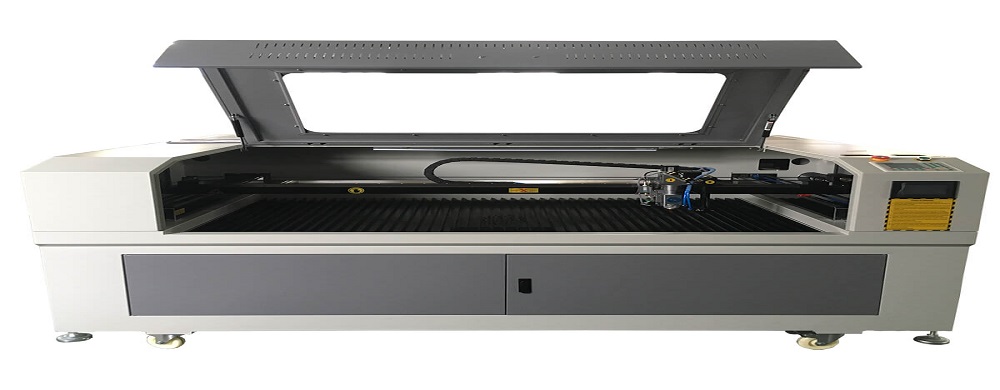
4. What can you do with a cardboard laser cutter?
Generally speaking, laser cutters can perform three tasks: cutting, engraving, and marking.
1) Reduce
A kerf is created when the laser beam travels all the way through the material of the workpiece. Laser cutting is often performed with great precision. The appearance of the cut edge is dependent on the material.
For example, the edges of cut wood are often a darker brown than virgin wood. After laser cutting, the edge of the acrylic does not change color and has a good gloss.
Laser cutters make very small cuts. The term kerf refers to the width of the groove when it is cut. This varies from material to material and also depends on the specific settings of the laser. The cut will range from 0.05 mm (0.002 in) to 0.5 mm (0.02 in) for many materials.
2) Engraving
When the laser beam removes portions of the top material but does not cut the entire material, this is called engraving.
3) Marking
Marking means that the laser does not remove the material, but changes the color of the material. When using a laser cutter, marking is mainly used for metalworking.
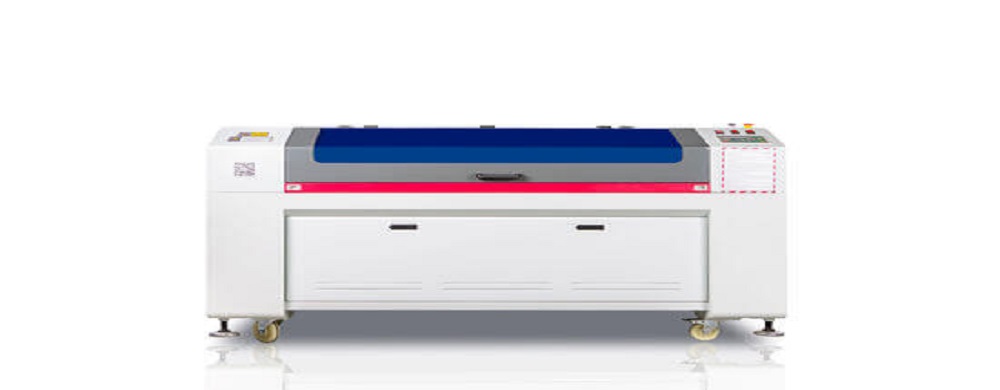
5. Why laser cutting is better for cardboard?
There are some reasons below:
1) Good results
The main reason to use a laser machine for decoupage is the fine result you end up with. It looks satisfying when you look at its delicate edges and cuts. Every cut or perforation is 100% perfect, which is what makes laser-cutting paper the best choice.
The size of the wound doesn’t matter; this laser machine can do just about anything brilliantly. Today, laser machines have a very fine laser spot to ensure minimal kerf width and high precision.
Since it works so well, the final product looks beautiful. Because the most important thing to add value to paper is cutting, if this is qualified, anything you make out of paper will be appealing, including boxes, invitation cards, decorative pieces, etc.
But keep in mind that the result of the cut also depends on the file or graphic you use. Therefore, it should also achieve the best results.
2) Unparalleled precision
The precision of laser machines is amazing. You cannot achieve this level of precision cutting with your hands or any other cutting machine.
Regardless of the number of repetitions, complex designs and high-speed movements, the precision offered by laser machines is unmatched. You can repeat the same design as many times as you want and you will get the same piece.
3) Fast
Compared with the traditional cutting methods we usually use, the laser machine works very fast. Even if you’re cutting through tough materials, the cutting speed is incredible.
Since paper is light and not as dense as other materials, you can easily cut it at very high speeds even with low laser power. For commercial use, a laser machine is preferred as it increases productivity without compromising quality.
Laser decoupling can be done quickly if you set the focal length and choose the optimum speed and power. The speed of the machine can finish quickly even with complex designs.
4) No contact
The biggest advantage of laser paper cutting is that neither the laser module nor any other objects will come into contact with the paper.
Because the paper is light and delicate, it requires minimal pressure to deform. Therefore, mechanical cutting methods that apply pressure to the paper often affect the quality and appearance of the cut.
In laser cutting, a laser beam cuts through the paper without exerting any force on the material. Having said that, anything you cut with a laser machine is guaranteed to have perfect results.
Also, the edges of the cutouts are very fine and they add beauty to the items made of paper.
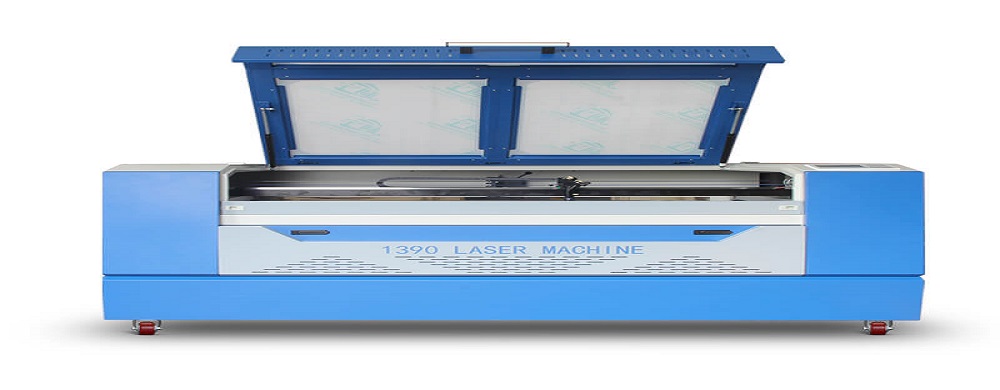
6. What are the advantages of a cardboard laser cutting machine?
Exact samples or mass production are available directly from the design.
Cost-effective when laser cutting: even for small and medium series.
Cut paper with low laser power.
No tool wear – no loss of quality over time.
Cuts extremely fine contours and virtually radius-free inner edges.
Freely selectable profiles: especially suitable for custom paper products.


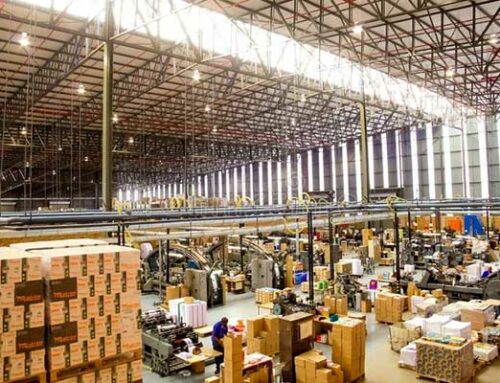
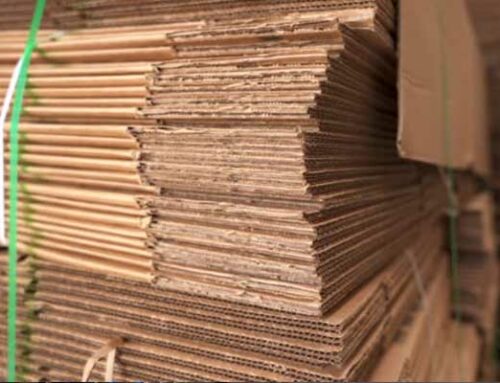
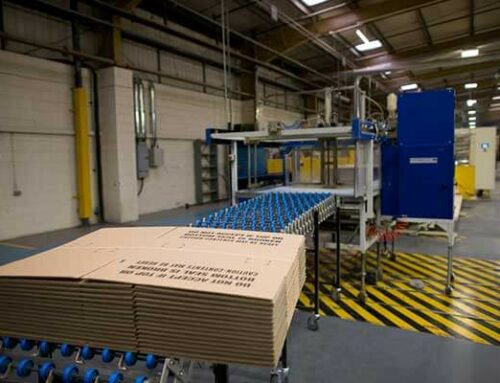
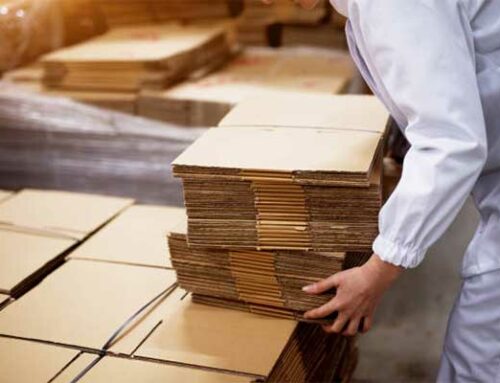
Leave A Comment